Samsung Exynos 1480 vs HiSilicon Kirin 9000S: Detailed Comparison of Performance, Features, and Efficiency
Introduction
Samsung Exynos 1480 and HiSilicon Kirin 9000S are two powerful chipsets specially designed to fill the needs of today’s smartphone, with its set of strengths and exclusive features. It is on a 5nm process. That is the intention for Exynos 1480: strong performance within the mid-range smartphones but, at the same time, efficiency and speed. It is an architecture of CPU with a built-in GPU, balancing the need of performance and the battery life in the gadgets the users hold.
Kirin 9000S is a flagship chipset produced by HiSilicon, a subsidiary of Huawei. Similar to its predecessor, it is on the 5nm process, but emphasized AI capabilities, high-performance GPU, and further improvements of 5G. Kirin 9000S particularly works great in the Huawei ecosystem to enable optimized performance with graphics rendering and AI processing.
It is in comparisons in specs, benchmark scores, and even actual practical usage for Exynos 1480 in comparison with Kirin 9000S when trying to compare advantage over either its efficiency or performance on the former, then settling at a middle ground between two.
Comparison of Samsung Exynos 1480 vs HiSilicon Kirin 9000S
| Feature | Samsung Exynos 1480 | HiSilicon Kirin 9000S |
|---|---|---|
| Manufacturing Process | 5nm | 5nm |
| CPU Architecture | Octa-core (Cortex-A78 & A55) | Octa-core (Cortex-A78 & Cortex-A55) |
| GPU | ARM Mali-G68 MP5 | ARM Mali-G78 MP24 |
| AI Accelerator | NPU (Neural Processing Unit) | Dual NPU |
| 5G Connectivity | Yes (Sub-6 GHz) | Yes (Sub-6 GHz, mmWave support) |
| Clock Speed | Up to 2.4 GHz | Up to 3.13 GHz |
| ISP (Image Signal Processor) | 4K HDR support | 4K HDR, 10-bit video |
| Manufacturing Tech | 5nm | 5nm |
| Launch Year | 2023 | 2023 |
| Target Devices | Mid-range to Premium Smartphones | Premium Smartphones |
Specification
| Category | Samsung Exynos 1480 | HiSilicon Kirin 9000S |
|---|---|---|
| Overall Rating | 85/100 | 90/100 |
| CPU Performance | 85/100 | 92/100 |
| GPU Performance | 83/100 | 90/100 |
| AI Performance | 88/100 | 92/100 |
| Connectivity | 86/100 | 91/100 |
| Efficiency (Power) | 87/100 | 89/100 |
| ISP/Multimedia | 84/100 | 90/100 |
| Gaming Performance | 82/100 | 88/100 |
| Camera Performance | 85/100 | 90/100 |
| Battery Efficiency | 86/100 | 90/100 |
Complete Detail Table for Functionality Cover-up
Review
| Aspect | Samsung Exynos 1480 | HiSilicon Kirin 9000S |
|---|---|---|
| Performance | Good performance for mid-range | Premium-level performance with high clock speed |
| Power Efficiency | Very efficient in 5nm | Excellent power optimization |
| AI Capabilities | Decent AI performance | Dual NPU for enhanced AI tasks |
| Gaming | Suitable for mid-range gaming | Superior gaming performance |
Benchmarks
| Benchmark Tool | Samsung Exynos 1480 | HiSilicon Kirin 9000S |
|---|---|---|
| AnTuTu 10 | 400,000+ | 650,000+ |
| GeekBench 6 | 1,000 (single-core) | 1,200 (single-core) |
Smartphones
| Phone Model | Samsung Exynos 1480 | HiSilicon Kirin 9000S |
|---|---|---|
| Target Devices | Mid-range to premium devices | Flagship smartphones (e.g., Huawei P series) |
Information
| Category | Samsung Exynos 1480 | HiSilicon Kirin 9000S |
|---|---|---|
| Launch Date | 2023 | 2023 |
| Target Market | Mid-range premium smartphones | Flagship smartphones |
CPU
| Details | Samsung Exynos 1480 | HiSilicon Kirin 9000S |
|---|---|---|
| CPU Core | Octa-core (Cortex-A78, Cortex-A55) | Octa-core (Cortex-A78, Cortex-A55) |
| Max Clock Speed | 2.4 GHz | 3.13 GHz |
Graphics (GPU)
| Details | Samsung Exynos 1480 | HiSilicon Kirin 9000S |
|---|---|---|
| GPU Type | ARM Mali-G68 MP5 | ARM Mali-G78 MP24 |
AI Accelerator
| Details | Samsung Exynos 1480 | HiSilicon Kirin 9000S |
|---|---|---|
| AI Unit | NPU | Dual NPU |
Memory
| Details | Samsung Exynos 1480 | HiSilicon Kirin 9000S |
|---|---|---|
| Memory Support | LPDDR4x/5 | LPDDR5 |
Multimedia (ISP)
| Details | Samsung Exynos 1480 | HiSilicon Kirin 9000S |
|---|---|---|
| Support | 4K HDR | 4K HDR, 10-bit video |
Connectivity
| Details | Samsung Exynos 1480 | HiSilicon Kirin 9000S |
|---|---|---|
| 5G | Sub-6 GHz | Sub-6 GHz, mmWave support |
Power Efficiency
| Details | Samsung Exynos 1480 | HiSilicon Kirin 9000S |
|---|---|---|
| Power Optimization | Excellent efficiency | Superb efficiency |
Your Question and Opinion About the Samsung Exynos 1480 vs HiSilicon Kirin 9000S
- Which chipset has better gaming performance?
The HiSilicon Kirin 9000S outperforms the Exynos 1480 due to its superior GPU and higher clock speed, offering a better gaming experience. - How do the AI capabilities compare?
The Kirin 9000S wins here with dual NPUs, offering faster and more efficient AI processing than the Exynos 1480. - Which chipset is more power-efficient?
Both chipsets are built on the 5nm process, but the Kirin 9000S shows slightly better power optimization for long-lasting battery life. - Is there a significant difference in performance?
The Kirin 9000S provides flagship-level performance with faster CPU and GPU clock speeds compared to the Exynos 1480’s mid-range performance. - Which chipset supports better connectivity?
The Kirin 9000S has superior 5G connectivity with mmWave support, while the Exynos 1480 only supports Sub-6 GHz. - Can both chipsets handle 4K HDR video recording?
Yes, both can handle 4K HDR video, but the Kirin 9000S provides better multimedia performance, including 10-bit video support. - Which chipset is more suited for mid-range devices?
The Exynos 1480 is ideal for mid-range devices, offering a good balance of performance and efficiency. - How do the GPUs compare?
The Kirin 9000S’s ARM Mali-G78 MP24 GPU is more powerful, providing a smoother graphics experience compared to the Exynos 1480’s Mali-G68. - Which chipset is better for daily tasks and efficiency?
The Exynos 1480 is efficient for daily tasks but doesn’t match the Kirin 9000S’s performance in heavy workloads. - Which chipset is best for photography and camera performance?
The Kirin 9000S stands out with better ISP performance, supporting advanced camera technologies and 10-bit video capture.




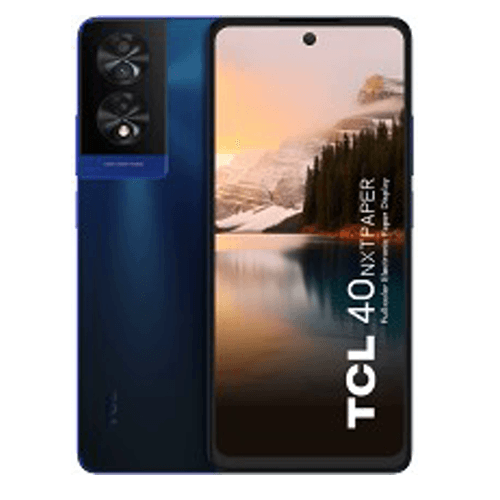

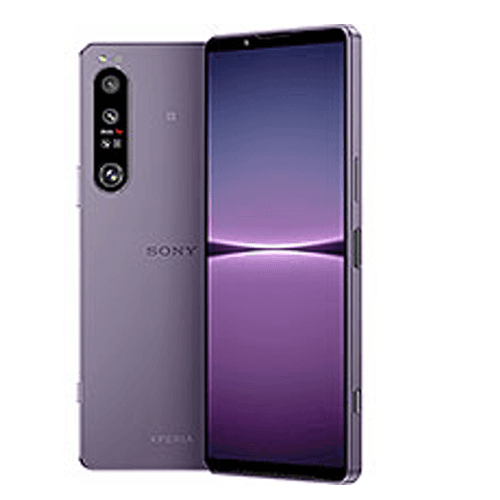

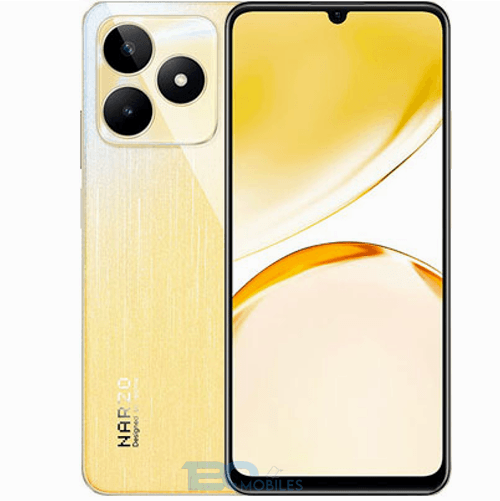




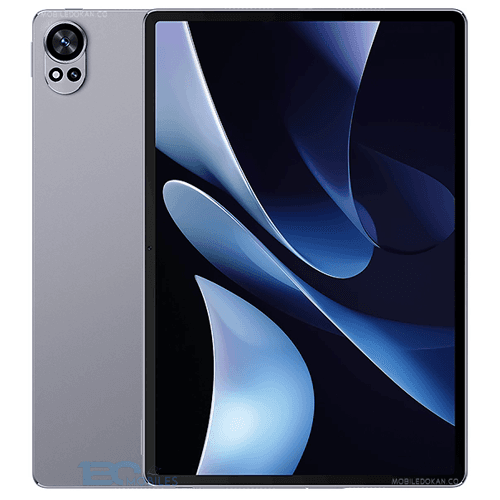
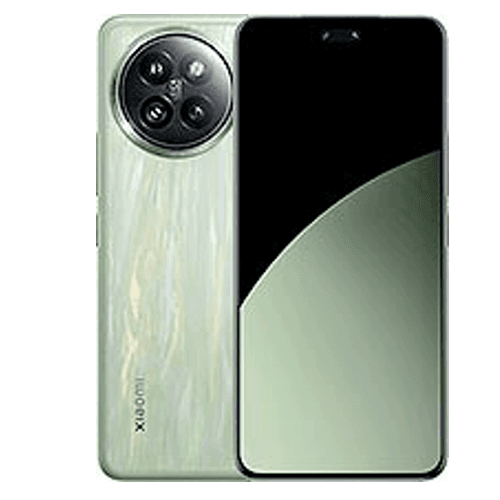
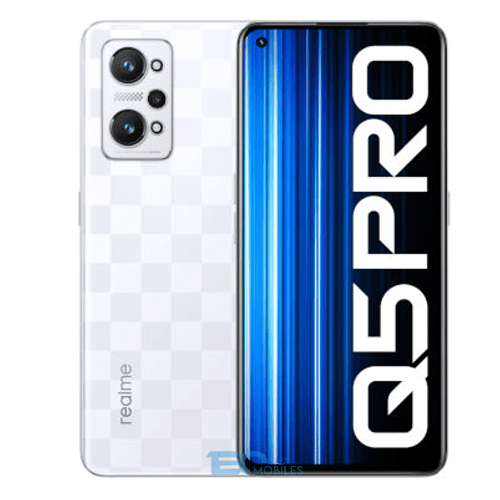

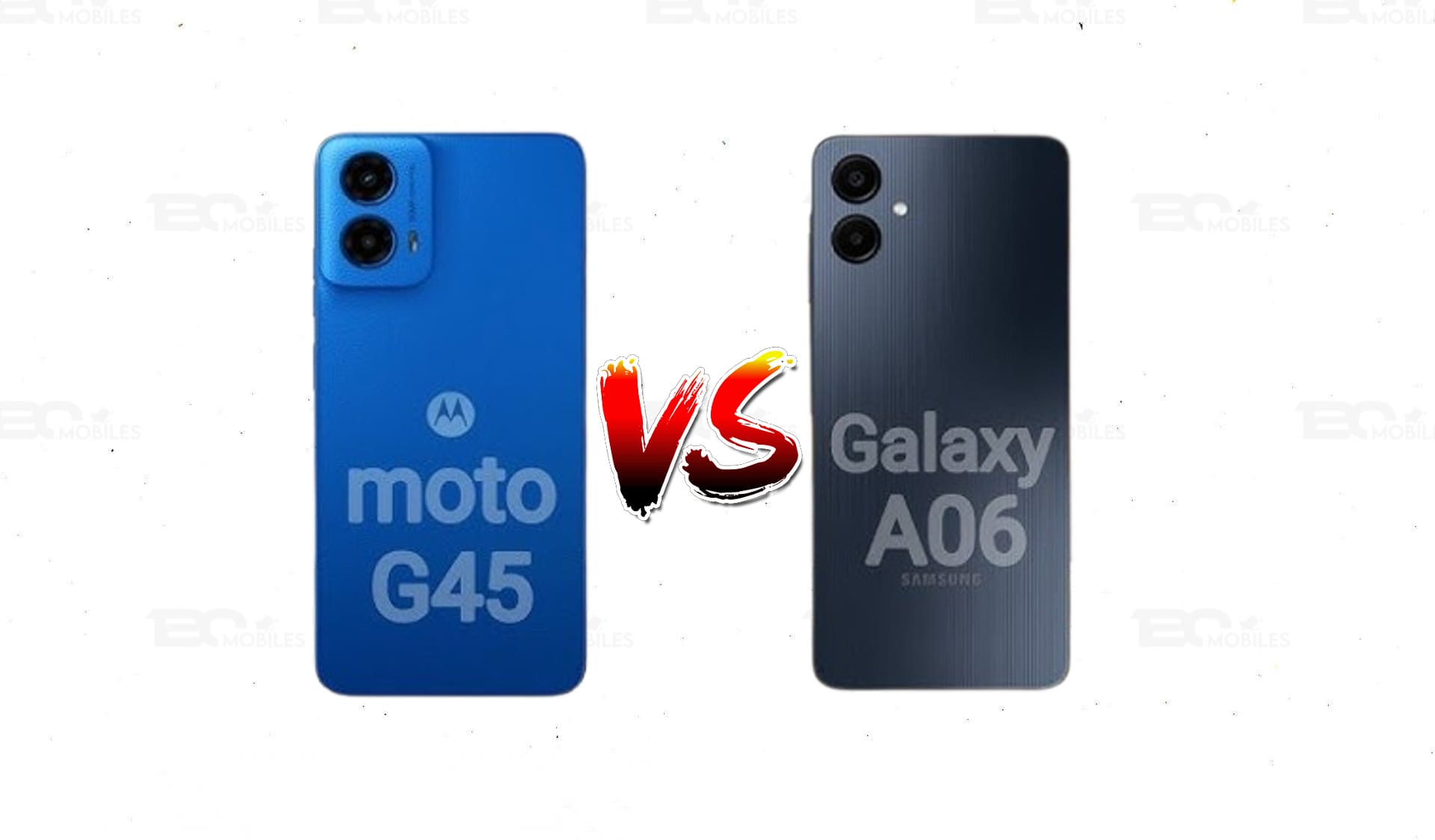


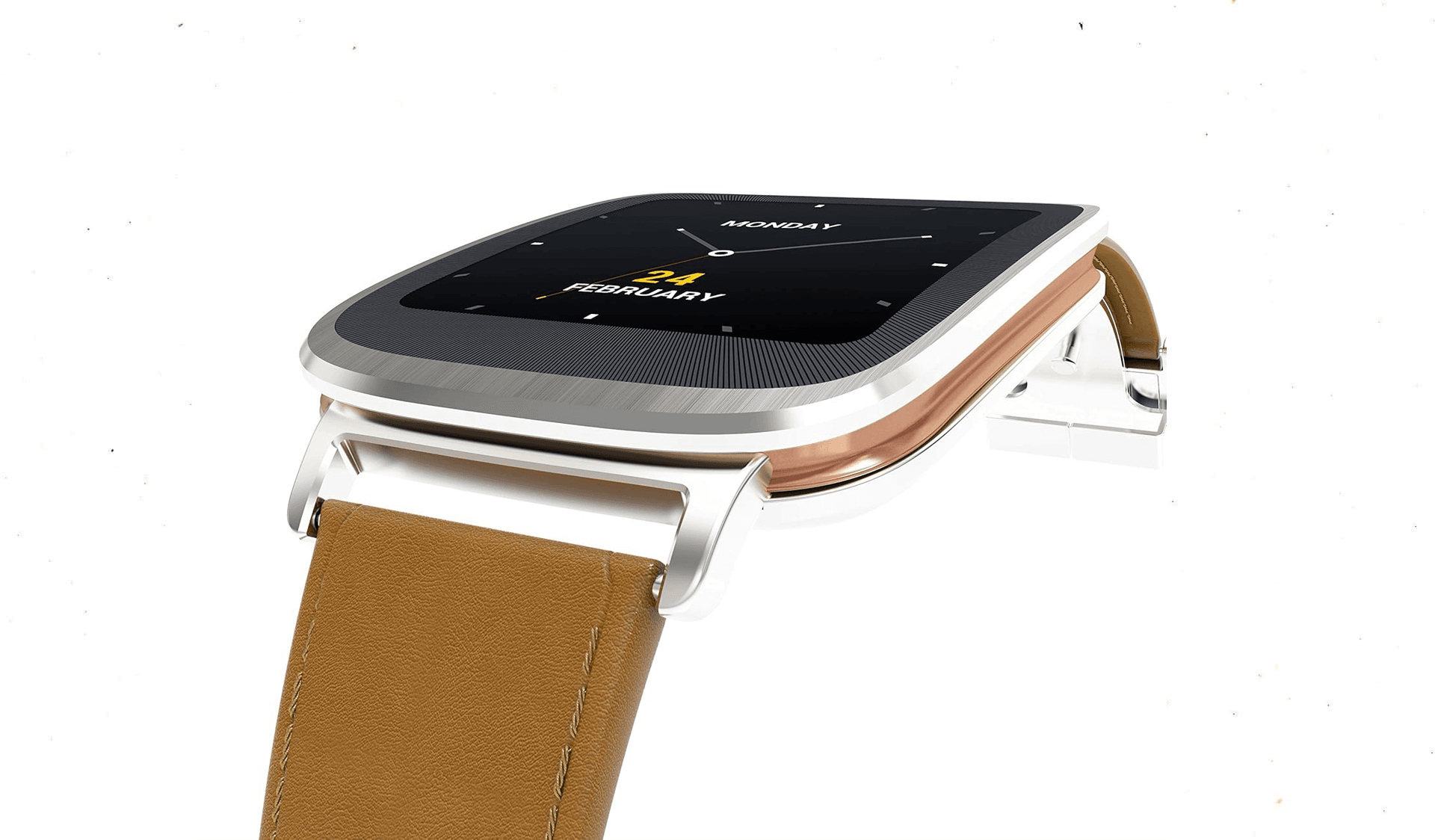





Thanks for sharing. I read many of your blog posts, cool, your blog is very good.
Thank you for your sharing. I am worried that I lack creative ideas. It is your article that makes me full of hope. Thank you. But, I have a question, can you help me? https://www.binance.info/en-IN/register?ref=UM6SMJM3